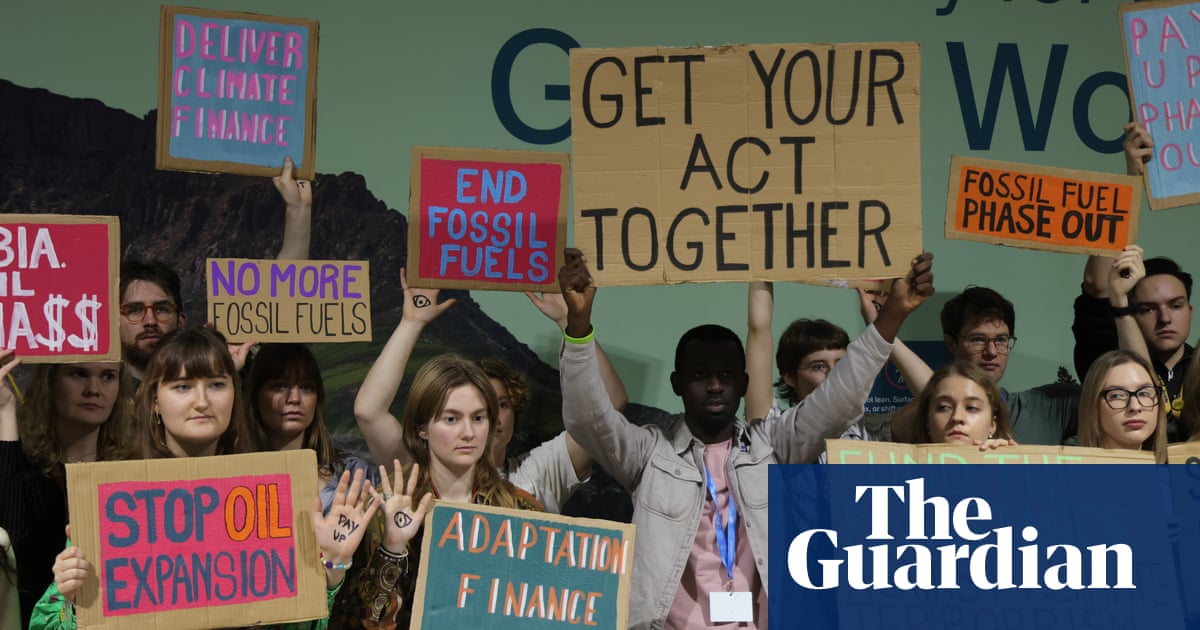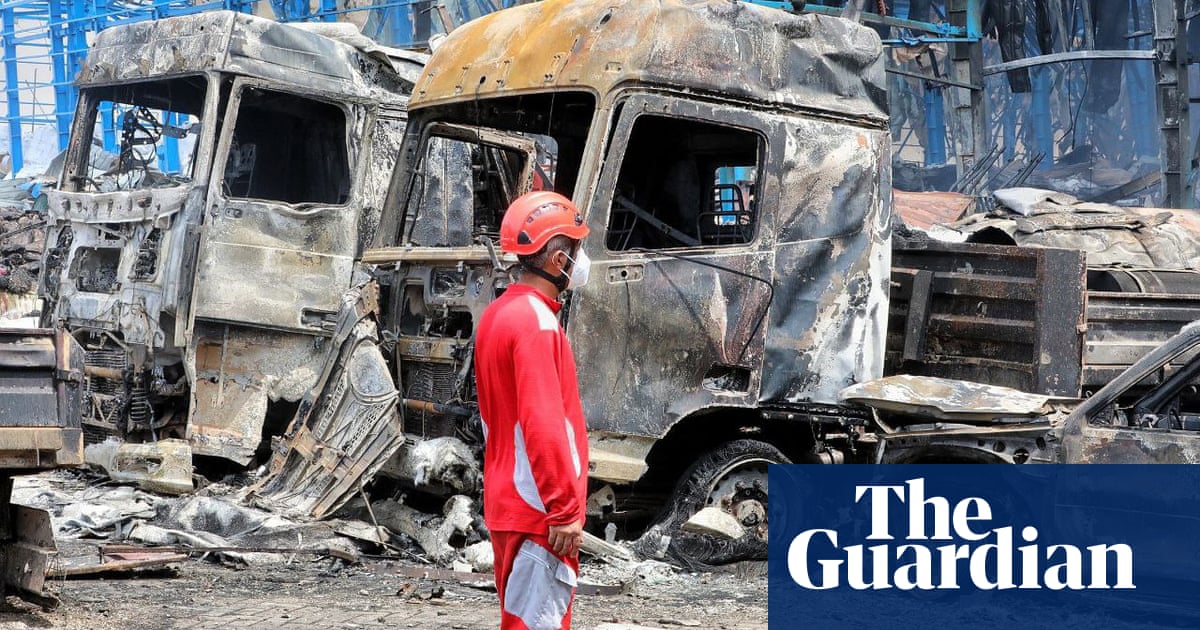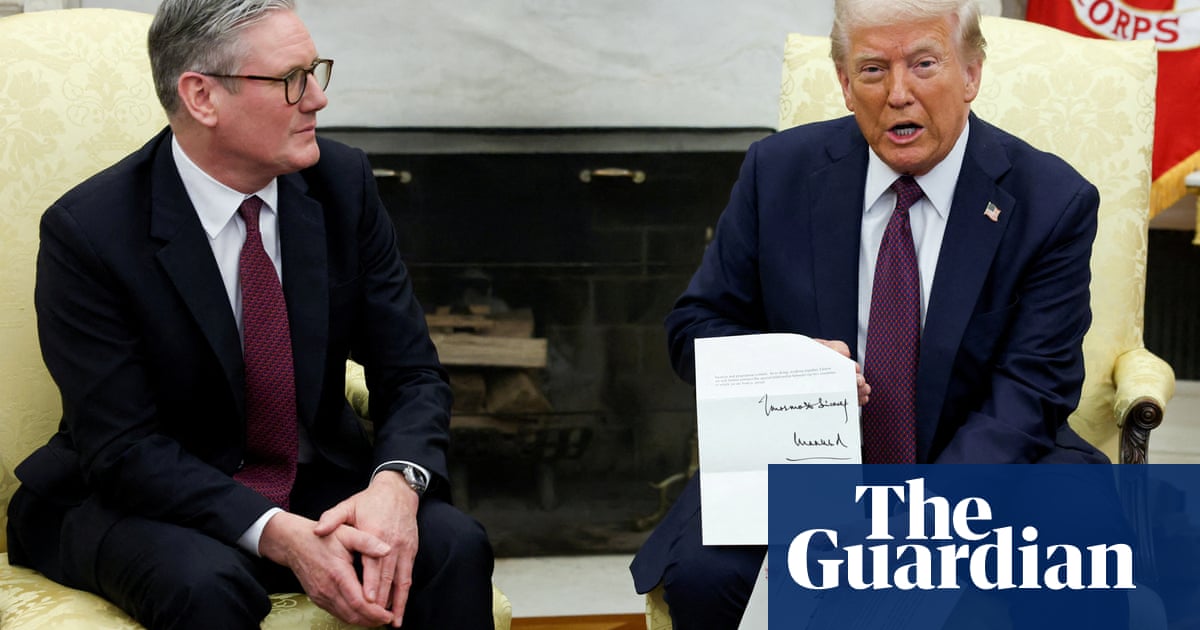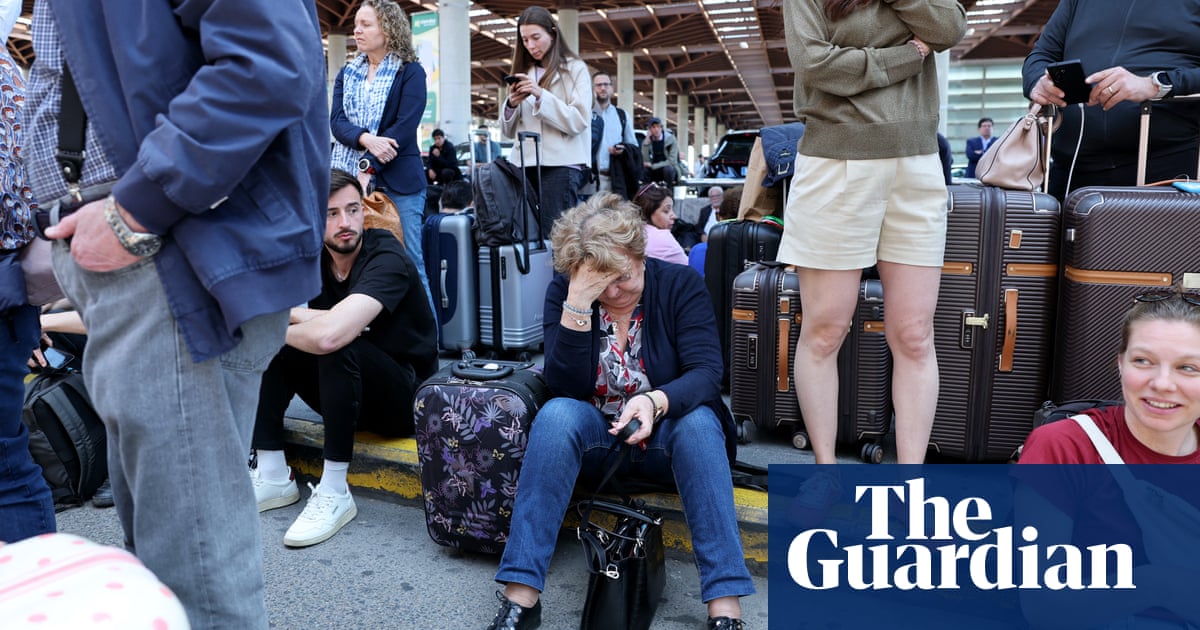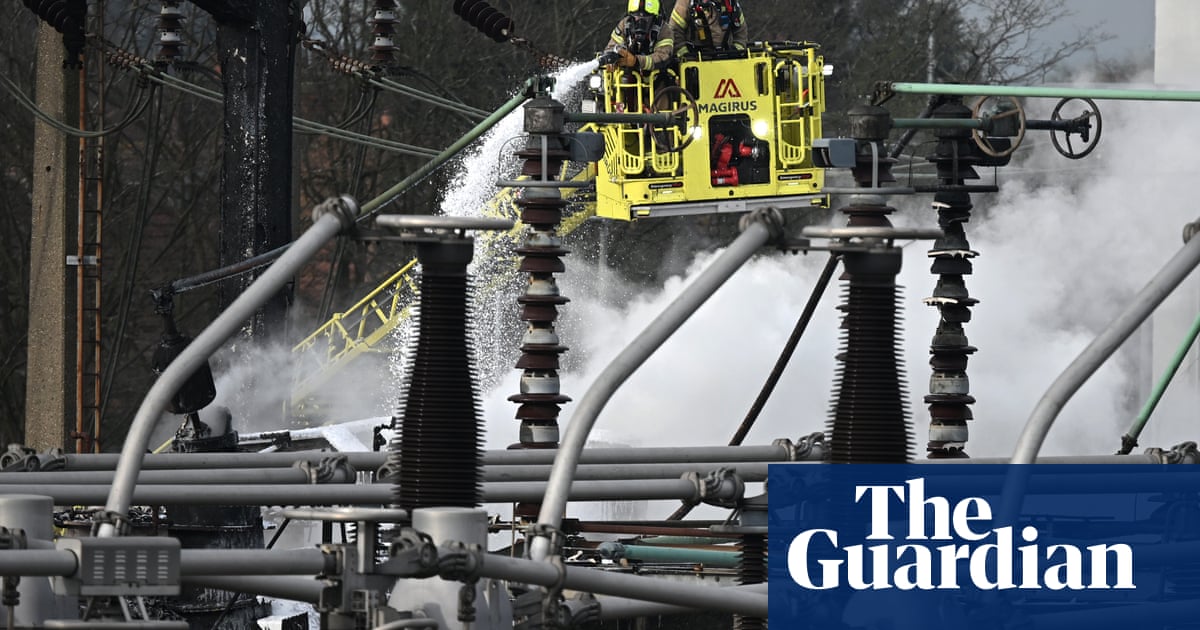The day that Saigon fell, Xuan Phuong, a war correspondent, could only hear shouting and commotion. It was 30 April 1975, and helicopters were frantically lifting personnel and civilians from the US embassy. Phuong, who had travelled down from the north, was initially held back by troops who said fighting was still continuing. When she was finally able to reach the centre of the city the following day, 1 May, she found chaos. Clothes and luggage were scattered and discarded along the streets. Buildings were being looted.
It felt like a dream, Phuong, now 96, said. She stood inside the Presidential Palace on 2 May, watching as the president of South Vietnam, Duong Van Minh, surrendered.
“He left through the palace’s back door, because at the front there were all the tanks [of the North Vietnamese],” said Phuong.
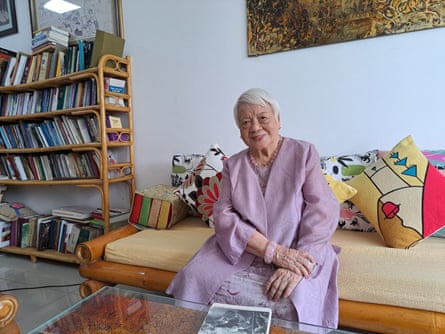
North Vietnam was victorious and the country was to be reunified after a decades-long war that had killed as many as 2 million Vietnamese civilians. For the US, which lost 58,000 servicemen, the episode was one of its most humiliating in history.
On Wednesday, Vietnam will celebrate the 50th anniversary of 30 April, known officially as the Liberation of the South and National Reunification Day, with huge parades planned in what is now Ho Chi Minh City, after the revolutionary leader. In the run-up to celebrations, streets and alleys have been lined with the red flag and the gold stars of the nation, and fighter jets have roared through the skies above, rehearsing formations.
The Trump administration has told its senior diplomats in Vietnam not to participate in anniversary events, according to a report in the New York Times – a decision that has dismayed veterans who have dedicated their lives to reconciliation.
Relations between the US and Vietnam have shifted vastly since the war, from former foes to close economic partners – though some fear the decades of progress is being put at risk. This month, an US announcement of a punishing 46% tariff against Vietnam, which would devastate the country’s economic growth targets, left leaders in Hanoi staggered. Months earlier, drastic cuts to foreign assistance were unveiled. Many fear this could jeopardise projects that assist the victims of Agent Orange, which has left 3 million people, many of them children, with continued serious health problems, or the work of teams that are cleaning up huge amounts unexploded ordnance left behind.
Although North Vietnam won the war, the entire country was left traumatised by the years of conflict, said Prof Dr Pham Hong Tung.
“[People] lost their relatives. They were wounded … They had some very terrible memories,” he added.
Vietnam faced conflict with Cambodia and China. Its economy was left in tatters, worsened by the Communist party’s limits on private enterprise and severe US economic sanctions, including a trade embargo. Reforms initiated in 1986 transformed the country into a market-oriented economy, ushering in a period of rapid economic growth, though it remains a communist one-party state, and frequently jails dissidents.
Over the past 50 years, Ho Chi Minh City, has transformed into a city of skyscrapers as well as becoming a crucial manufacturing hub. Its streets are crammed tightly with motorbikes and its restaurants and markets increasingly drawing international tourists.
Phuong, who now lives in the centre of the city, was born in 1929 into an aristocratic family in Hue, in South Vietnam. She left her home aged 16 to join the struggle against French rule, swapping a life of plenty to one where she slept in the jungle. She worked making explosives, in an overrun hospital and for the ministry of foreign affairs before becoming a journalist.
She did not see her family throughout the war. By the time she entered Saigon in 1975, she found that her mother and siblings had already fled.
“I had been away from my family for so long,” she said. “I was very disappointed. Even my hair turned white. I was distraught.”
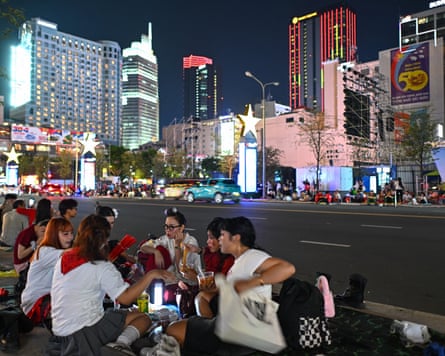
Her family were among the more than 1.5 million people who fled, fearing persecution and incarceration in “re-education” camps under the new Communist leaders. Between 200,000 and 400,000 died as they made their journey, according to the UN.
On the walls of Phuong’s apartment there are Vietnamese paintings, Buddhist sculptures and black and white photographs taken during the war. An image shows Jane Fonda, who visited Hanoi in 1972, in a white shirt, a camera hanging from her neck. Vietnam, one of America’s most divisive conflicts, and the focus of protest songs, attracted various high-profile visitors, whom Phuong was often assigned to assist while working at the ministry. On one occasion, she was tasked with finding a tailor to make Vietnamese clothing for Fonda, who had arrived in short clothes unsuitable for a war zone, she recalled.
Phuong began working with foreign journalists and travelled to the centre of the country, where the heaviest fighting was taking place. “Bombs and bullets were like rain,” she says. At night, her team sheltered in a vast network of tunnels. “For people who have lived only over ground, you cannot imagine it. But at that time there was no choice,” she said.
Today the same tunnels, which stretch for 2,000km and, in parts, are more than 20 metres deep, have been reinforced and transformed into tourist attractions. Visitors, armed with flashlights on their phones, clamber down into the network of narrow pathways.
The surrounding Quang Tri Province remains the area worst affected by landmines and unexploded ordnance. There have been 8,600 casualties since 1975, said Hien Xuan Ngo, of Project Renew, which conducts clearance work, assists victims and educates the community.
“In certain areas … local people, because of economic pressure, sometimes they defy the risks,” he added. US funding has been critical to clearance efforts.
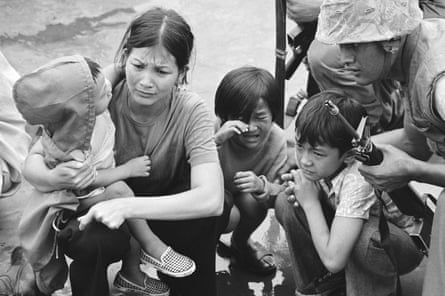
Project Renew’s work was temporarily paused when Trump froze foreign assistance, though it has since been given an exemption.
Vietnam and the US had grown closer under Joe Biden, upgrading their relationship. Now, Hanoi now faces an increasingly delicate balancing act between Washington and Beijing, underlined by the looming imposition of a 46% tariff. The US accuses Vietnam of allowing Chinese companies to use its territory as a conduit to avoid tariffs that were imposed on China during the last Trump administration. The country’s economy is closely intertwined with both countries.
Vietnam has always sought to avoid taking a side in the China-US rivalry. “The pressure from China [was] a motivation for Vietnamese people to normalise the relationship with America and the west and south Asian countries,” said Prof Dr Pham Hong Tung, the director of the Institute of Vietnamese Studies and Development Sciences. “The Vietnamese people are very practical,” he added, though the past is not forgotten.
Has Phuong forgiven the US? There are others, worse affected than her, who deserve an apology. “For those who want to ask about forgiveness, go and visit the cemetery. There are a lot of the cemeteries in Vietnam filled with graves of people who died during the war. Many were only 17, not more than 20 years old,” she said.
Phuong was eventually able to meet her mother in Paris, in 1989.
Her mother barely recognised her on the day they were reunited at the airport. “My mother’s first reaction was to step back and look at me. In my 80-year-old mother’s mind she still thought of me as 16 years old,” she said. “My mom hugged me and we cried. No one around us understood why,” she said. Her mother never returned to Vietnam.
As the 30 April approached Phuong’s friends visited the graves of those who died, and offered prayers. She will watch the parades, but from home, she said, and will spend time with friends “to talk about our memories, to read poems, and cheer one another – it has been a long life”.

 5 hours ago
7
5 hours ago
7




